-
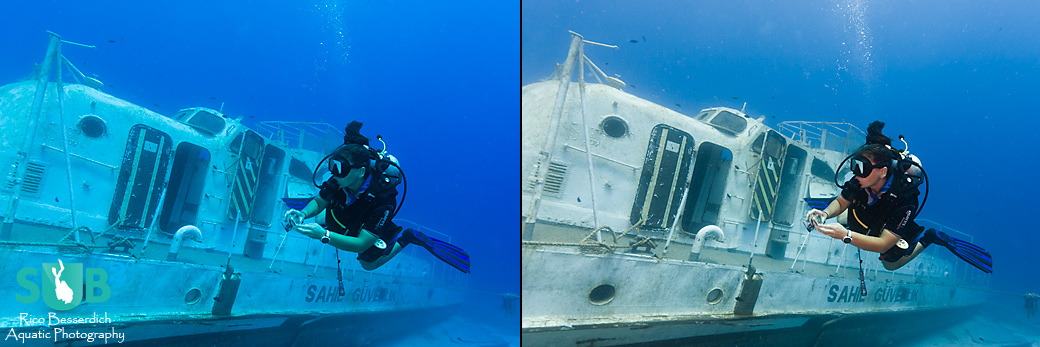
Exploring a wreck
Before adjusting the white balance ( left ) and after it ( right ). A clearly seen difference. -
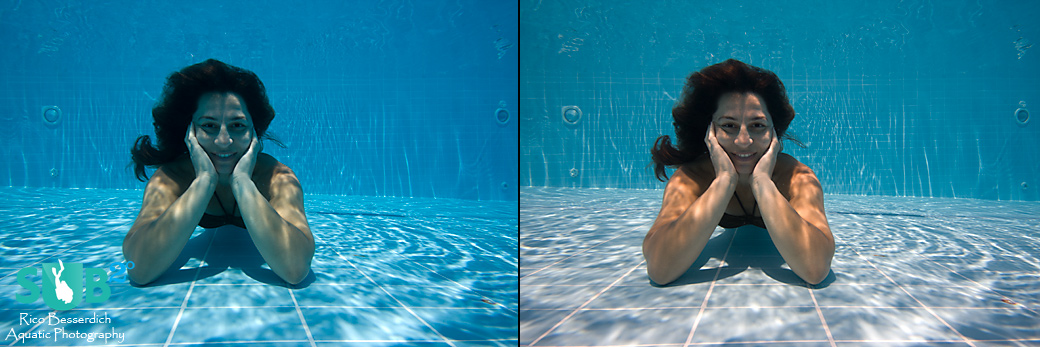
Pool Beauty
Color cast eliminated: Before adjusting the white balance ( left ) and after it ( right ). -
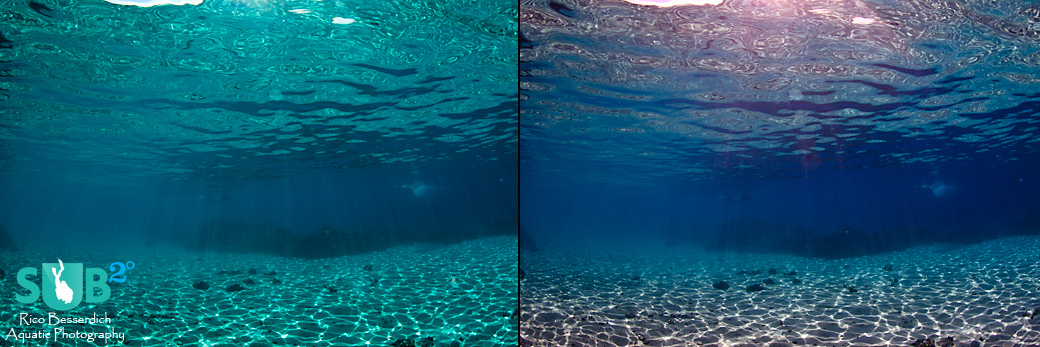
Tropical Waters
Before adjusting the white balance ( left ) and after it ( right ). -
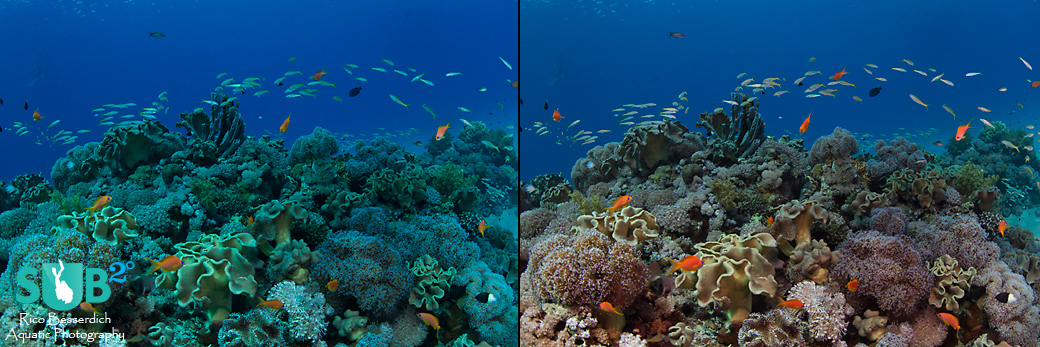
Underwater Garden
Getting back the colors: Before adjusting the white balance ( left ) and after it ( right ). -
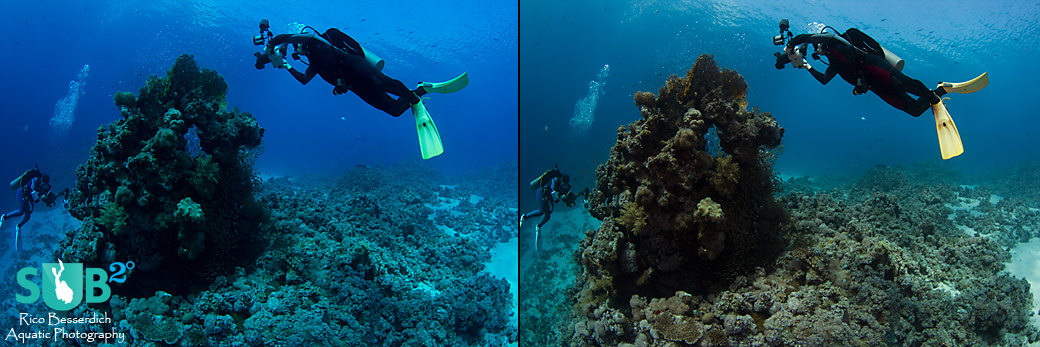
Pinnacle & Divers
Before adjusting the white balance ( left ) and after it ( right ).
Get Your White Balance Done Right - Common Problems in Underwater Photography and their Solutions
Gladiators in ancient Rome were always happy to see the "thumb up", but to us, scuba divers and underwater photographers, it's not our favorite signal, as it simply means: Time is up; the dive is over.
Scenario: Back home we are reviewing our images, usually on a computer or laptop. Bad surprise! The images appear in wrong colors; blue or green colorcasts dominate the photos.
Problem: Due to a ‘not-ideal’ white balance setup, the camera was unable to capture the original colors, especially when the image was made in shallow waters (shallower than 40 ft.), using ambient light only.
Solution: Get the white balance done right. There are several available options, depending on your camera gear and your preferred workflow.
What is white balance?
White balance is a color temperature adjustment in digital cameras and images. Each light source (sunlight, light bulbs, halogen, LED etc.) has its own color temperature, measured in KELVIN. This affects the appearance of colors of photographed objects. As a result, colors are not shown correctly in an image.
The reason we adjust white balance is to get the colors in our images as accurate as possible. We do so (to speak in simple words) by telling our camera "this is white" or by defining "this is white" in later postproduction (if shooting RAW).
Different ways of adjusting white balance
Postproduction: The easiest way is to shoot your images in RAW format (not JPG!), if your camera provides this option. All D-SLRs and most of the better quality compact cameras do. When shooting in RAW, you have the opportunity to adjust the white balance afterwards on your computer by using RAW converter software such as Adobe Camera Raw, Lightroom or any other.
There are several presets available, and you can use a color picker for telling the software, "this is white". Sliders for color temperature and hue provide you with further tools for fine-tuning. All changes you do are non-destructive; you can always switch back to the original image.
Some UW photographers shoot something white (or grey) during their dive to have a proper reference image for postproduction/white balance adjustment later. This could be a dive slate or the tank of your dive buddy (grey is just fine for that).
Manually: All D-SLRs and many compact cams too provide the option of a custom white balance. Refer to your camera's manual on how to access this function. The main system works with all cameras the same: While underwater you shoot a white or grey subject (it preferably should fill the frame), telling your camera "this is white", or, to be precisely: "this is a neutral color". The camera then will adjust & display colors accordingly.
Please note that you'll need to redo the custom white balance every time you change your depth. Rule of thumbs: redo the white balance ever 5-10 ft. for best results.
If you prefer to shoot only in JPG format or your camera simply does not provide RAW, you definitely need to do a manual white balance. No chance to do this afterwards in postproduction.
Automatically: In case your camera can't shoot RAW and doesn’t have the option of custom white balance, you'll need to stick with the inbuilt presets. Far away from ideal, but the "cloudy" preset is recommended by some. This preset however works better in deeper waters than in shallow ones. Special "underwater modes" can be an option as well, if provided by your camera.
White balance and strobes
If you are using a strobe (inbuilt or external), you can lay back a bit and relax. Leaving the camera's white balance to "auto" usually brings good results. But you could (let's get picky!) adjust the camera's white balance according to the KELVIN temperature of your strobe.
Usually this will be something between 4800K to 5600K, depending on your strobe. Please keep in mind that some strobe diffusers can lower the color temp of a strobe by 300-500 Kelvin, depending on the diffuser and on the strobe model. Check with your strobe documents and adjust your Kelvin setting in your custom white balance accordingly.
NOTE: If you first took ambient light photos with a custom white balance and then turned your strobe on WITHOUT setting the white balance back to "auto", your photos will be a "red disaster".
Colorcasts (such as cyan cast) in UW images made with usage of strobe(s) are usually a result of too far a distance from the subject. Remember: Get close...and closer!
Good and bad white balance
Technically, a "good" white balance shows something white in a photo as white and all other colors accordingly. But the "technical perfect" white balance doesn’t always have to be the one that gives an underwater image the best expression or color harmony. Enjoy playing with different settings. Most important is that YOU like your photos :-)
Happy bubbles, happy shootings and always be safe!
Further Reading:
Composition in underwater photography: Rule of Thirds
Underwater Photography: Mindset Development Part 1
Abstract Underwater Photography
Featured Posts
-
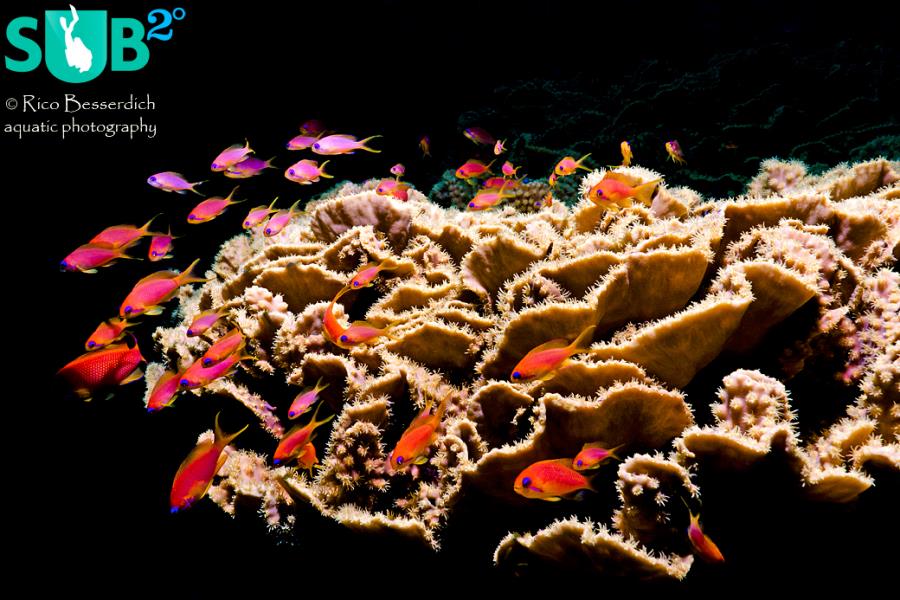
Please "Like" My Photo!
Once you've made some cool underwater shots, you would love to have more people notice your photos, for example by sharing them on Facebook. A path full of potential but lots of nasty obstacles on the way. Let's have a look!
-
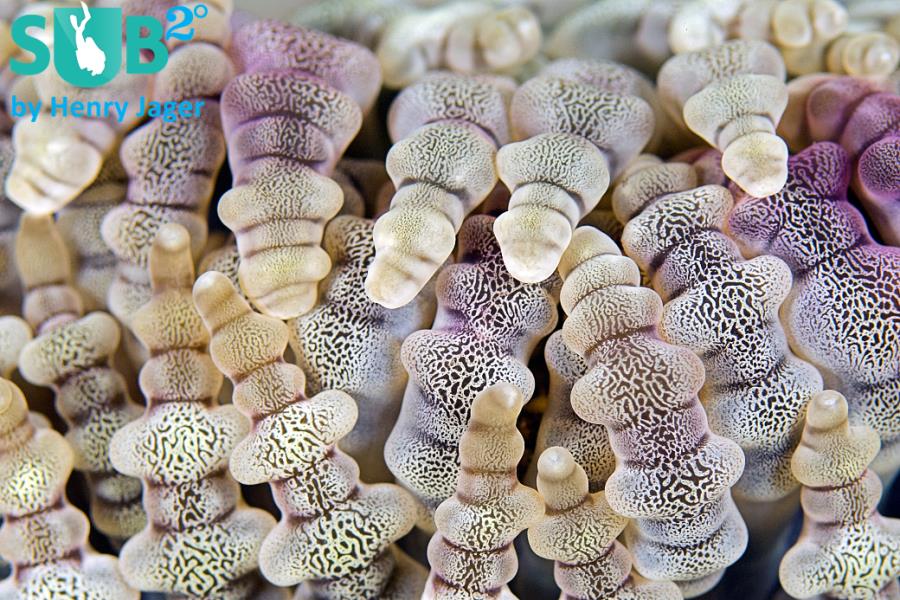
Reef-Art: Looking at the Reef...
Reef-Art shows fascinating insights to an underwater world, 99% of the divers never see. Reef-Art is the "Fine Art" of macro photography. It's a passion! The passion to bring your audience something they don't expect, they h...
-
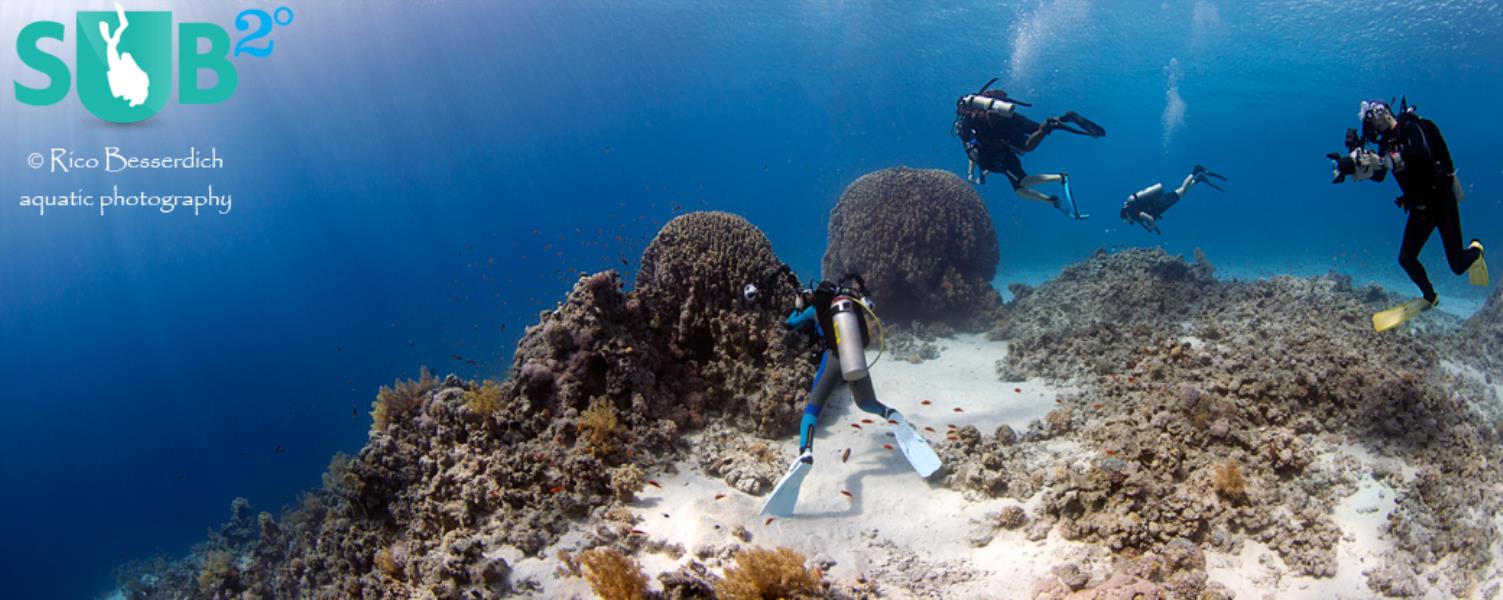
Underwater Photography: Shoot...
Are you ready for huge perspectives in your underwater photographs? Wide-angles are fine but do you want it even wider? Time to check out underwater panorama photography!
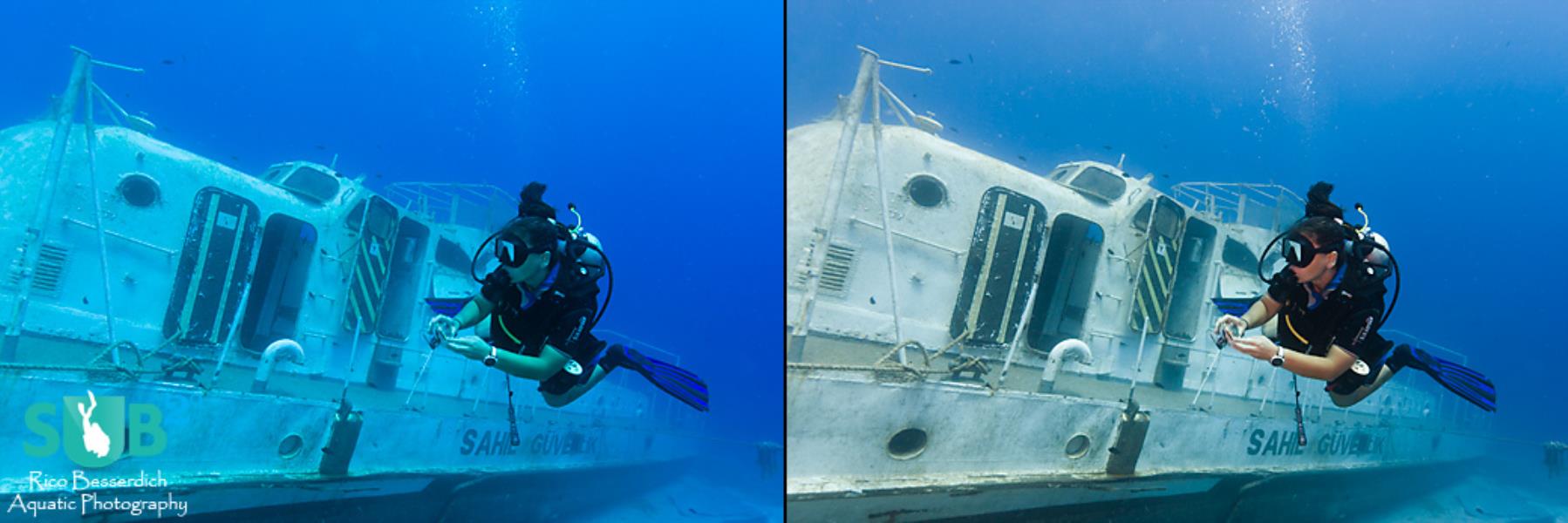
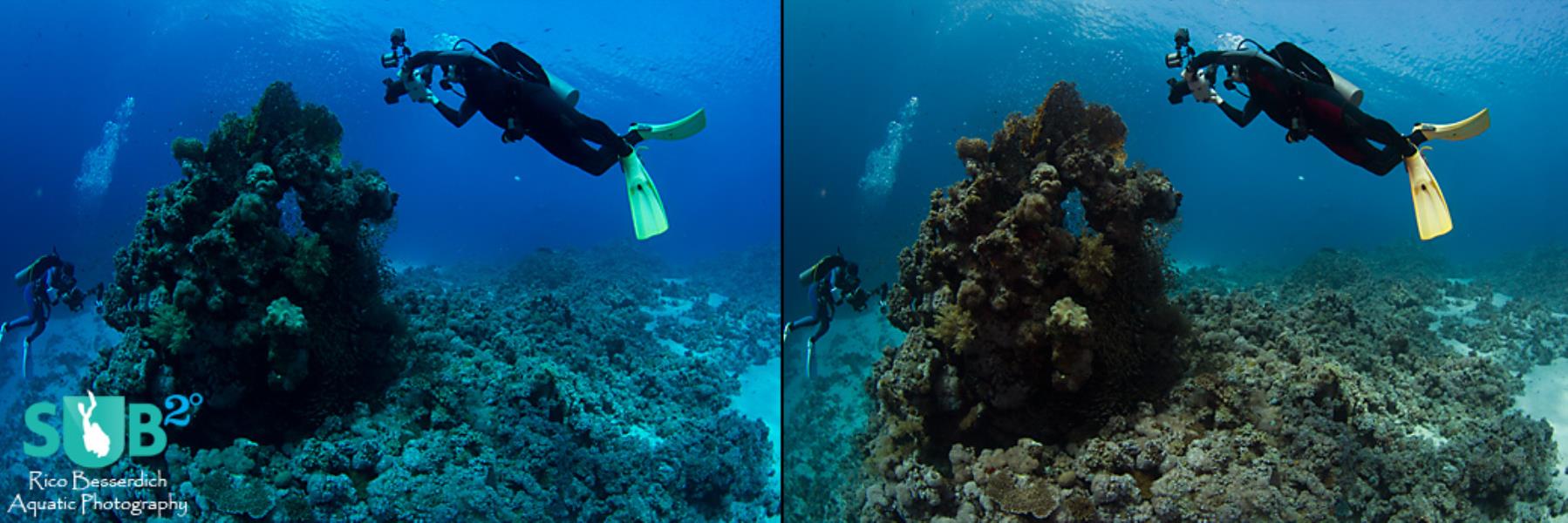
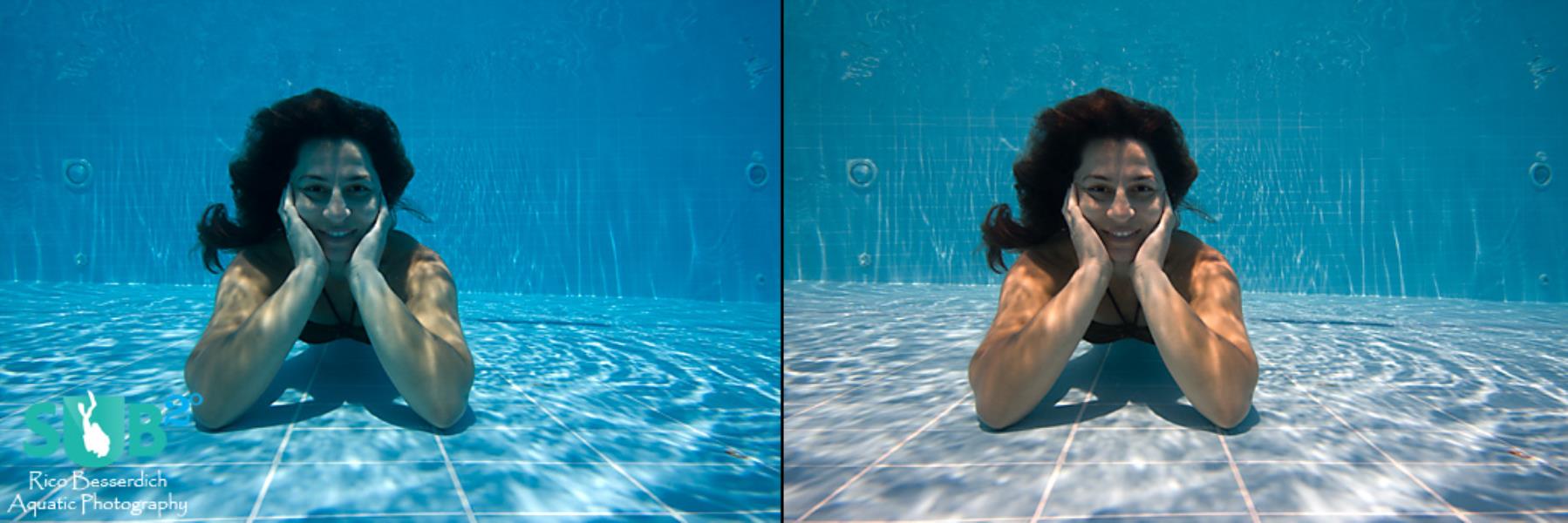
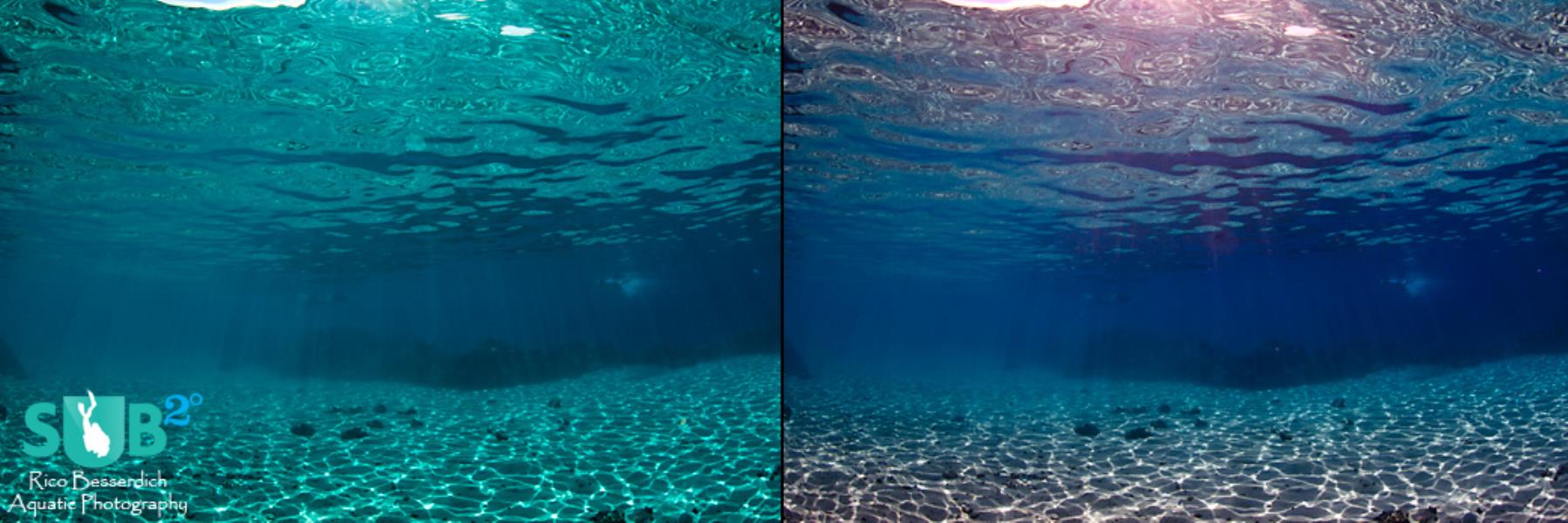
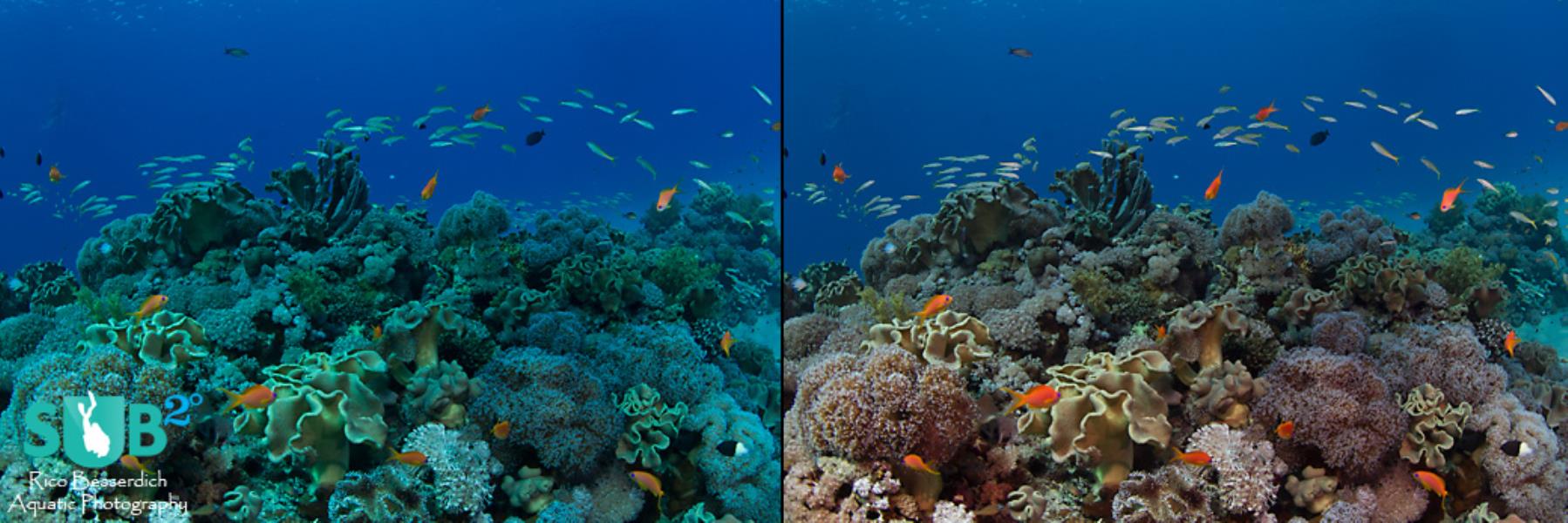


Load more comments